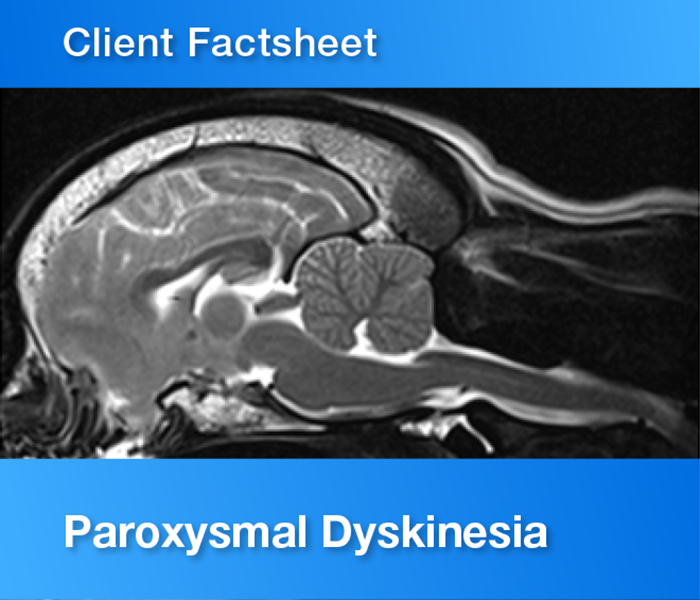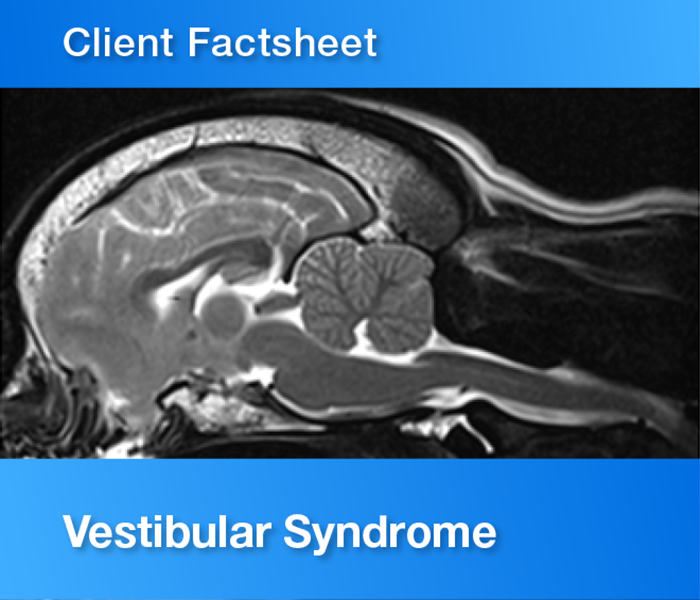A slipped disc (also known as intervertebral disc herniation) is the most common cause of paralysis in dogs, but cats are much less often affected. The reason for this difference is unclear but may be related to the difference in composition of this disc.
The spine is the name given to the collection of bones (vertebrae) inside which the spinal cord is contained. The spinal cord is made up of cables of nerves (like the wires running in an electrical cable), linking the brain to the local nerves that control the movement of the limbs and other functions (the peripheral nervous system). The intervertebral disc (IVD) is a spongy, doughnut-shaped pad in the main joint between the vertebrae. The IVD lies just underneath the spinal cord. It allows stability and support of the spine whilst allowing movement and distributing loads between the bones of the spine (the vertebrae).
To perform this function the IVD has two components: an inner watery and gelatinous bag called the nucleus pulposus; and an outer ligament that contains the nucleus, called the annulus fibrosus.
What causes a disc to be slipped?
Intervertebral disc disease (IVDD) is an age-related or ‘degenerative’ condition (eg premature aging process). Despite being age-related, at-risk individuals can suffer disc problems when they are surprisingly young. The normal composition of protein-sugars and water within the nucleus changes with increasing age. Overall, these changes have a tendency to make it stiff, brittle, with a weakened outer annulus. With normal spinal movement, a degenerate disc is less able to provide stability and support.
We recognise three clinical syndromes of disc disease in animals:
- Type-I disc disease is an ‘extrusion’ of nuclear material out of a torn annulus – like squeezing jam from a doughnut. Degeneration can also result in stiffening of the disc as the semi-liquid centre becomes dry and loses its cushioning properties. If this happens, the annulus fibrosus can tear allowing the, now stiff, nucleus to bulge out and put pressure on the spinal cord (disc extrusion). We most often see this condition as a sudden onset disease affecting young (two to six years), small breed dogs, although dogs of any breed and age can be affected.
- Type-II disc disease is a ‘protrusion’ or ‘bulge’ of the outer annulus, which has slowly thickened in an effort to stabilise the disc. This causes progressive thickening of the dorsal part of the annulus fibrosus which presses up on the spinal cord (disc protrusion). Disc degeneration is more common in the regions of the spine which are particularly exposed to physical stress (the lower neck, mid-back and lower-back). We most often see this condition as a slowly progressive disease affecting mid to large breed dogs and cats that are five to 12 years old.
- Type-III disc disease is also known as ‘acute non compressive’ or ‘high-velocity low volume’ disc disease. In this case there is a sudden onset of disease, typically with heavy exercise or trauma, causing a healthy disc with normal nucleus to explode from a sudden tear in the annulus – the injury to the spinal cord does not result in on-going spinal cord compression.
What are the clinical signs (symptoms) of an intervertebral disc herniation?
The clinical signs of disc disease are highly variable. They normally relate to pain and dysfunction of the spinal cord either through inflammation, concussive (bruising) injury, or direct spinal cord compression. Generally speaking the onset and severity of signs relates to the degree of spinal cord injury and subsequent dysfunction.
The signs that develop following disc damage are the result of:
- Pressure of the herniated disc material on the spinal cord (compression component).
- ‘Bruising’ of the spinal cord caused by the impact of the disc as it herniates (concussion component).
As nerve fibres flow from the brain to the muscle along the spinal cord, the clinical signs will refer to spinal cord dysfunction ‘down-stream’ of the injury – hence disc disease in the lower back can cause hind limb weakness, paralysis or urinary incontinence – disc disease in the neck can cause weakness on all limbs. Rarely, a slipped disc can cause lameness by trapping one of the spinal nerves as it exits the spine.
The severity of spinal cord injury varies and will result in a differing ‘grade’ of injury:
| Grade |
Clinical signs |
| 1 |
Pain only |
| 2 |
Walking with weakness and wobbliness in the back legs |
| 3 |
Loss of ability to walk with some movements still in the legs |
| 4 |
Paralysis with no movement in the legs |
| 5 |
Paralysis with loss of feeling of a painful stimulus applied to the toes |
As an animal recovers from spinal injury, their nerve functions return in the reverse order to that in which they appeared.
How is intervertebral disc herniation diagnosed?
Plain X-rays may support the diagnosis but they may not indicate which disc has caused the problems. Therefore advanced, cross-sectional imaging of the spine is normally required to make a diagnosis (ruling out other causes of spinal cord dysfunction like tumours and infection) and determine whether medical or surgical treatment is advisable. This may include CT or MRI. These special tests help to confirm if there is a slipped disc, and where it is, and will also show up other causes of spinal pain or paralysis if they are present.
How can IVDD be treated?
Whether medical or surgical treatment is advised for this condition depends on several factors, including the severity of the condition, the rate of progression of the problem and the presence of severe pain. The appearance of the disc problem, on imaging studies, may also be helpful.
Medical treatment is based on reducing pain and inflammation. The body’s own immune system can deal with some disc problems by making them more inert, less inflammatory and less compressive by forming scar tissue over injuries in the annulus. Medical treatment is not advised in patients with severe and progressive clinical signs.
Surgical treatment is based on making a window in the bone of the spine and removing the compressive element of the disc. Surgery is normally required quickly for Type-I disease and on an elective basis for Type-II disease if neurologic dysfunction develops or if pain is severe. Surgery is not required in Type-III disease.
What is the prognosis for IVDD?
Whatever the underlying type of disc disease, the prognosis for recovery is based on the severity of the spinal cord injury. More specifically, the maintenance of feeling of a painful stimulus applied to the toes (so called, ‘deep-pain’ perception also known as nociception) suggests to us that some nerve fibres still send information back and forth and the spinal cord has the capacity to recover.
Animals with Type-I disc disease that lose ‘deep-pain’ must be operated on as soon as possible as they may still recover. Ultimately, the rate and extent of recovery is variable and difficult to predict. Animals with mild spinal cord injuries can recover quickly and fully. Animals with severe injuries may also do so, but the time taken can be much longer. Despite carrying a small risk of causing further trauma, surgery should prevent further deterioration and relapse in the future.
Animals with Type-II disc disease can have more long term degenerative changes to the spinal cord and its blood supply, meaning a full recovery may be less likely and the goals of treatment are to maintain and preserve spinal cord function, or to prevent pain, or make pain more responsive to oral medication.
Disc disease can be recurrent in an affected animal. Around 10% of dogs with disc disease suffer a recurrence with time.



